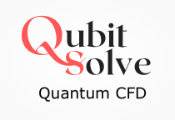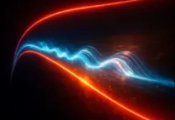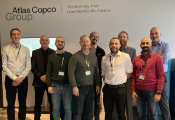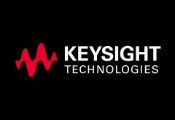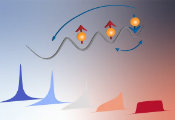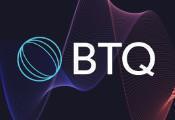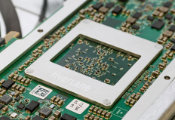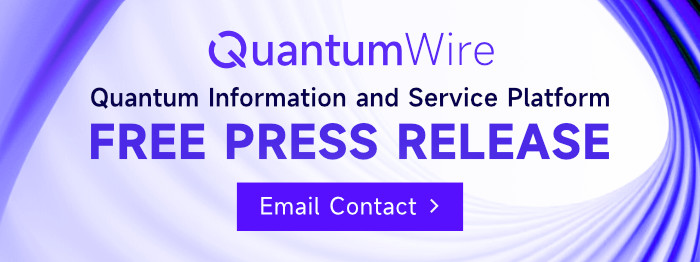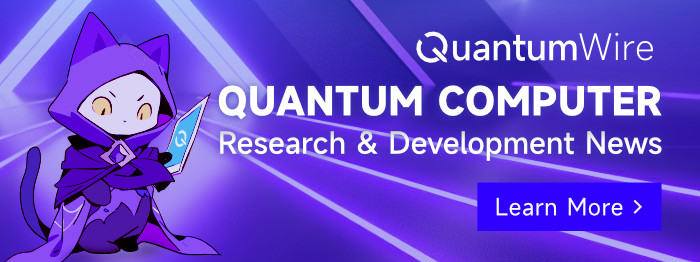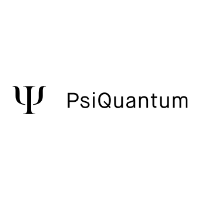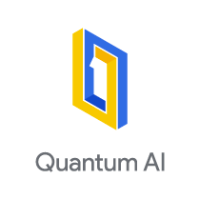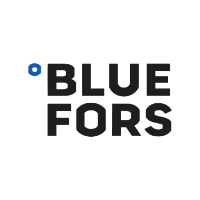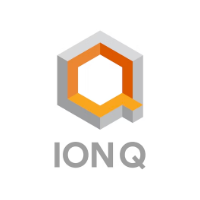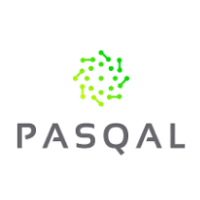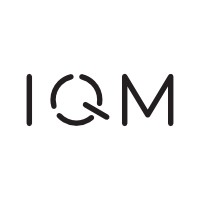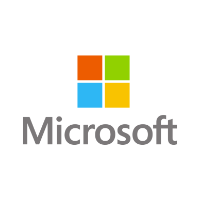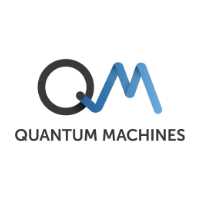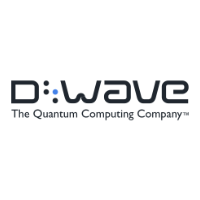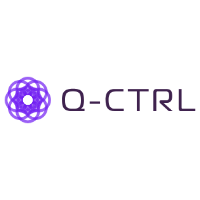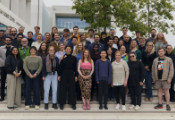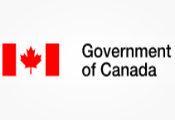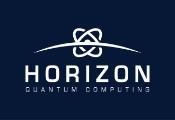Breakthrough: Quantum Entanglement Between Silicon Qubits
April 24, 2025 -- Many of the most promising capabilities of quantum computing rely on the idea that qubits can become entangled — meaning their quantum states cannot be described independently of one another. One way of proving that two qubits are entangled involves showing that they violate what is known as Bell’s inequality.
Einstein dubbed entanglement “spooky action at a distance” and felt that quantum mechanics was insufficient to properly explain it, whereas other physicists disagreed. Bell devised his inequality in part to settle this debate, and in doing so, came up with a theorem that turned out to be transformational — demonstrating that quantum systems could, in principle, do things that were mathematically impossible with mere classical resources.
In 2022, investigations into the control of particles in an entangled state were honoured when the Nobel Prize for Physics was awarded to Alain Aspect, John F. Clauser and Anton Zeilinger “for experiments with entangled photons, establishing the violation of Bell’s inequalities and pioneering quantum information science”.
Sixty years have passed since Bell’s theorem was introduced
Now, in 2025 — the International Year of Quantum Science and Technology — the team at Diraq is applying this groundbreaking confirmation of quantum mechanical entanglement to our own silicon-metal-oxide-semiconductor (SiMOS) quantum technology.
The company has recently announced a performance breakthrough in quantum entanglement, demonstrating a violation of Bell’s inequality in a scalable quantum information processing unit based on gate-defined quantum dots in silicon.
The results provide a clear indication of the quality of the Diraq qubit system across a comprehensive and stringent range of fidelity metrics. The team understands that this is the first time an experimental violation of Bell’s inequality for spin qubits in gate-defined quantum dots has been achieved.
Andrew Dzurak, CEO of Diraq commented on the results “Entanglement is arguably the most profound property of quantum mechanics and the fundamental basis for quantum computers to work and gain quantum advantage. With contemporary tools for manipulating electron spin qubits in SiMOS quantum dots and improving their performance, our team at Diraq has now violated Bell’s inequality, demonstrating the genuine quantum nature of the entangled states. We believe this is a world first for electron spin qubits in quantum dots – and this success demonstrates the maturity of spin-based quantum processing in silicon”.
Diraq’s spin qubits are strong contenders for building a utility-scale quantum computer due to their compatibility with semiconductor foundry processes.
In a paper recently published in Nature Communications, “Bell inequality violation in gate-defined quantum dots”, the lead author for the research, Paul Steinacker, and the wider team detailed their findings.
Highlights from the demonstration of violation of Bell's inequalities include:
- Violation of Bell’s inequality with a Bell signal of S=2.731;
- A Bell state fidelity above 97%, without correcting for readout errors;
- Violation of the classical limit even at elevated temperatures of 1.1K.
The experimental violation of Bell’s Inequalities is a major milestone for any qubit platform. These findings underpin a new performance benchmark for Diraq’s mission to build scalable, fault-tolerant quantum computers based on silicon spin qubits.

